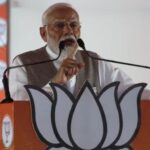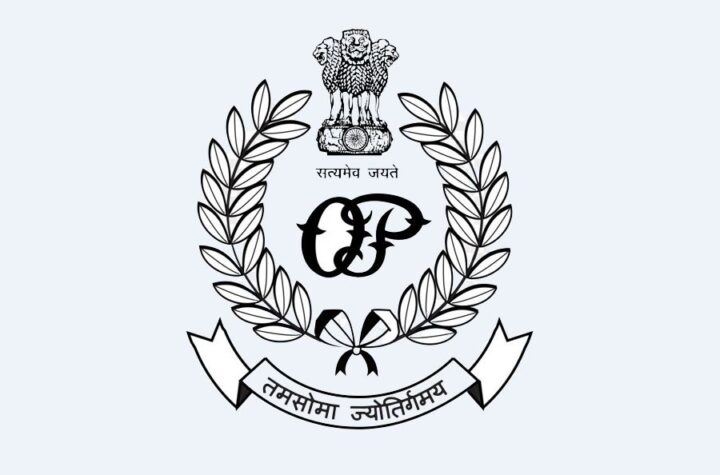New Delhi : Days after the bilateral meeting between Prime Minister Narendra Modi and his Australian counterpart Scott Morrison in Washington, India and Australia on Thursday announced the resumption of negotiations on a free trade agreement, with an interim agreement to be announced by December this year, and to conclude negotiations on a full FTA by the end of next year.
Minister of Commerce and Industry Piyush Goyal and Dan Tehan, Australia’s Minister for Trade, Tourism and Investment, announced the formal resumption of negotiations on the India-Australia Comprehensive Economic Cooperation Agreement (CECA), at a press conference here.
Negotiations for a CECA were launched in May 2011, and were stalled since 2015 after nine rounds.
The two ministers, meeting during the 17th India-Australia Joint Ministerial Commission meeting, discussed several key issues, included the expeditious negotiation of a bilateral CECA, resolution of tax-related issues faced by Indian software firms in Australia, ensuring increased two-way trade and the 12th Ministerial Conference of the WTO scheduled to be held at the end of this year, an official statement said.
The two sides reaffirmed commitment to conclude a CECA, including to reach an interim agreement by December 2021 to liberalise and deepen bilateral trade in goods and services, and to conclude the negotiations on a full CECA by the end of 2022, the statement said.
“Both the countries have wonderful relations and several areas of complementarity exist,” said Goyal at a press conference with Tehan. “We had a very enriching, productive dialogue between the two ministers and between the two delegations.
We have set out some very ambitious timelines and targets to meet, and agreed that both negotiating teams will work starting immediately towards very, very important outcomes towards expanding the Australia-India trading relationship,” he added.
Tehan said: “What we have today is to make sure that we will conclude a free trade agreement between Australia and India by the end of 2022. This FTA will include an interim agreement which we will seek to finalise by Christmas. It will cover goods, services, investment, we will begin discussing government procurement, energy and resources, logistics and transport,standards, rules of origin, and we have agreed to exchange offers by the end of October.
This is extraordinarily ambitious, it is going to require a lot of work from both side.” Looking to build on the progress made by both countries on earlier bilateral negotiations, both Ministers agreed on the need for a balanced trade agreement that encourages expanded trade and investment flows to the benefit of both of our economies, and that reflects a shared commitment to the rules-based international trading system, the statement said.
Reaffirming their commitment to working together, both ministers agreed to strengthen the rules-based, transparent, non-discriminatory, open, and inclusive multilateral trading system embodied by the World Trade Organization.
They also agreed to work towards an ambitious and balanced outcome at the 12th WTO Ministerial Conference (MC12) in Geneva, Switzerland.
Australia and India are important trading partners. India-Australia bilateral trade exceeded AUD$24 billion last year.
Major Indian exports to Australia are petroleum products, medicines, polished diamonds, gold jewellery, apparels etc, while key Australian exports to India include coal, LNG, alumina and non-monetary gold.
In services, major Indian exports relate to travel, telecom and computer, government and financial services, while Australian services exports were principally in education and personal related travel. In 2020, India was Australia’s seventh-largest trading partner and sixth largest export destination, driven by coal and international education, it said.
With Australia giving a lot of importance to conclusion of the negotiations on the CECA, last month former Australian Prime Minister Tony Abbott was in India as the Prime Minister’s Special Trade Envoy and held discussions on taking forward the talks on the CECA.
In November 2018 the Australian government formally endorsed the independent India Economic Strategy and its ambitious vision for bilateral trade and investment by 2035.
The India Economic Strategy has identified 10 priority areas to grow trade with India: a flagship sector (education), three lead sectors (agribusiness, resources and tourism) and six promising sectors (energy, health, financial services, infrastructure, sport and science).
India’s recently-released Australia Economic Strategy identifies significant room for growth in exports and investment in 12 focus sectors and eight emerging sectors.











More Stories
India Hot Investment Destination For Western Corporate Giants: UN Report
Four Generations Ruled Delhi But Today They Can’t: PM
Crime Branch Issues Advisory to Protect Citizens from Online Investment Fraud